Spreader Adjustment
To paraphrase the great American author Mark Twain, “Everybody talks about the spreaders but nobody does anything about them." Most Snipe sailors will set their spreaders up where their sailmaker’s respective tuning guide recommends, and not think about them as a vital tuning tool at their disposal. So first let’s look at how the adjustments affect sail shape, in order to understand how to best match the expected conditions and an individual’s sailing style.
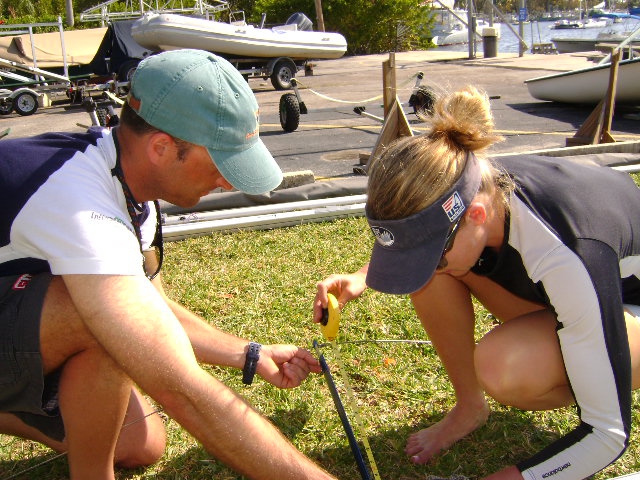

To paraphrase the great American author Mark Twain, “Everybody talks about the spreaders but nobody does anything about them.”
Most Snipe sailors will set their spreaders up where their sailmaker’s respective tuning guide recommends, and not think about them as a vital tuning tool at their disposal. So first let’s look at how the adjustments affect sail shape, in order to understand how to best match the expected conditions and an individual’s sailing style.
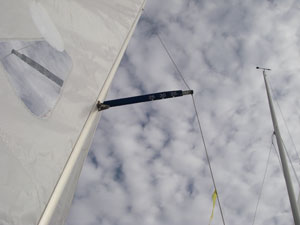 The length of the spreader controls the sideways bend of the mast. The longer you make the spreaders, the more power you will carry in your sailplan. As your mast sags in the middle it keeps the tip from falling off to leeward, which powers up the mainsail. The middle batten will be more closed looking up the leech, increasing weather helm and keeping shape in the top of the sail. Conversely, shortening the spreaders is an effective way to depower the boat. The sail will twist more and the head will flatten out quickly.
The length of the spreader controls the sideways bend of the mast. The longer you make the spreaders, the more power you will carry in your sailplan. As your mast sags in the middle it keeps the tip from falling off to leeward, which powers up the mainsail. The middle batten will be more closed looking up the leech, increasing weather helm and keeping shape in the top of the sail. Conversely, shortening the spreaders is an effective way to depower the boat. The sail will twist more and the head will flatten out quickly.
The angle of the spreaders controls fore and aft bend and is measured by our tip to tip dimension. The longer the measurement, the stiffer your mast will be fore and aft. This will allow more aggressive vang technique.
Two important points before we continue.
1. The spreaders will only reach the maximum limited aft position in the higher wind ranges as more mainsheet/ vang tension is applied, or if the forward mast puller is engaged.
2. The tip to tip measurement is very dependent on spreader length, so keep this in mind when making comparisons.
If the boat feels underpowered, and the bottom third of the sail has too many overbend wrinkles, then moving the spreaders further apart will help. Another effective way to power up the lower part of the sail is to move the chainplates aft one hole. This is essentially the same as widening the spreader angle.
If you have too much power and find yourself sailing with max vang on and easing the main in the puffs to stay in control, you are likely backwinding the main significantly. This would be a good time to move the tips aft to flatten the entry and keep the slot open.
OK, now what to do with all our new found knowledge? Every Snipe sailor sets their boat up a little differently. For example, when I set up the mast on my wife’s boat, I just put all of the pins in the rusty holes. No need to measure! But for the rest of us who are not as naturally gifted on the race course, we must ensure that our boat is properly tuned for the conditions.
Below is a grid with the recommended spreader setups of the major lofts and a few sailors who have shared their knowledge. Augie Diaz needs no introduction, having won too many Major Snipe events to list. Jorge Murrietta was the 2009 North American Champion. Both these sailors use the same Quantum mainsail, but their spreaders are in completely different positions!
|
Sailor/ Loft |
Length (inches) |
Length (mm) |
Angle (inches) |
Angle (mm) |
|
|
Augie Diaz |
16 3/8″ |
4159 |
29 3/4″ |
7557 |
2nd hole |
|
Jorge Murrietta |
17 3/8″ |
4413 |
29 1/2″ |
7493 |
2nd hole |
|
Eric Heim |
16 3/4″ |
4250 |
28 1/2″ |
7239 |
|
|
17 1/8″ |
4350 |
29 1/2″ |
7493 |
||
|
Olimpic |
16 15/16″ |
4300 |
29 1/8″ |
7400 |
|
|
30 11/16″ |
7800 |
||||
|
North |
16 3/4″ |
4250 |
30 11/16″ |
7800 |
|
|
16 7/8″ |
4286 |
29 1/2″ |
7493 |
||
|
Quantum |
16 3/4″ |
4250 |
29″ |
7366 |
|
|
16 7/8″ |
4286 |
29 1/2″ |
7493 |
||
|
Averages |
16 7/8″ |
4283 |
29 5/8″ |
7513 |
The green boxes show the smallest measurements. Red show the largest. We can learn a few things from this chart.
All of the lofts recommend very similar spreader lengths, but why? 16 7/8” or 4286mm is the length that keeps the mast the most straight side to side with the tip falling off to leeward only in the higher windspeeds.
Clearly, Augie likes to set his mast up to be very stiff in all directions. For his very aggressive sailing style and weight movement, this will work well.
Jorge appears to prefer a stiff fore and aft mast, but with some sag in the middle to keep the leech a little more closed and powered up.
My first setting on the chart is a great light air setup for me. Fairly straight side to side, but with lots of flexibility fore and aft. This allows you to have enough power for chop, but plenty of ability to flatten the mainsail to reduce drag.
My second setting is more all-purpose and is similar to Jorges, though not quite as extreme.
Now that you understand what changes happen when you move your spreaders, go sailing! Look up at your mainsail, feel the helm and decide if there is an adjustment that will help you go just a little bit faster. And try to get your crew to sight up the mast to check if it is straight, sagged off to leeward at the spreaders, or (worst of all) poked to windward.
Most importantly, keep notes on your settings and you will soon have written your own personalized tuning guide! Happy Sniping!
Leave a reply
Your email address will not be published. Your comment will be revised by the site if needed.


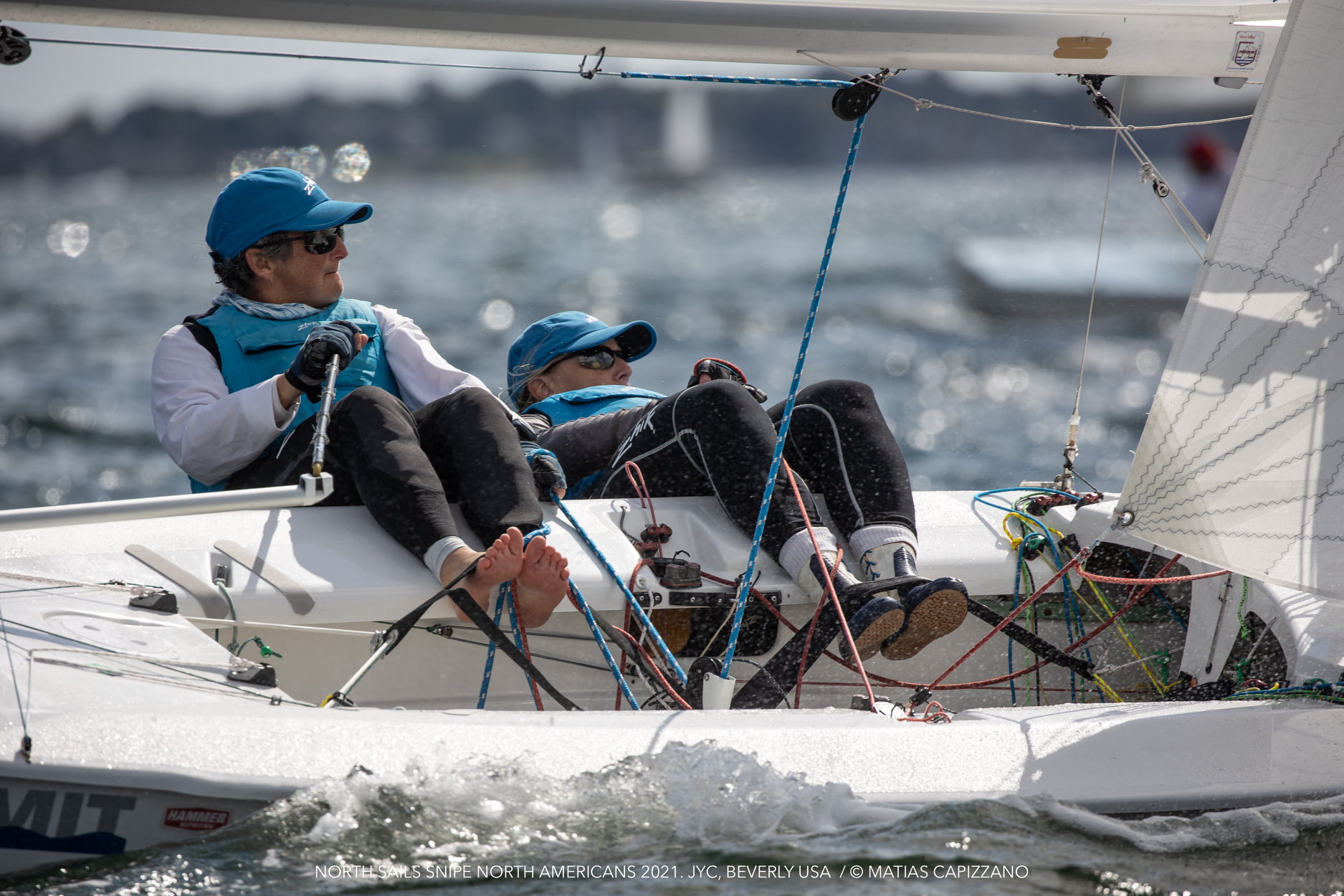
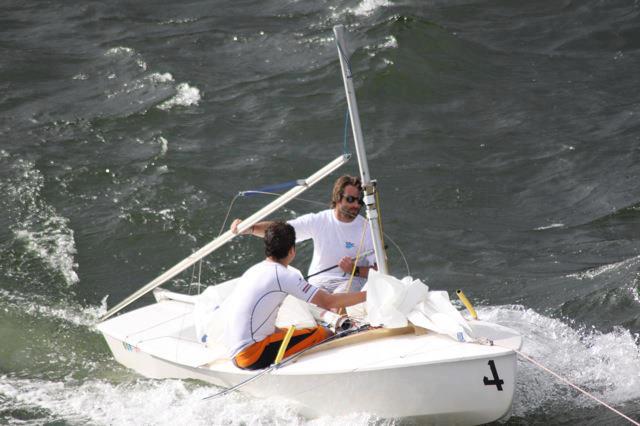

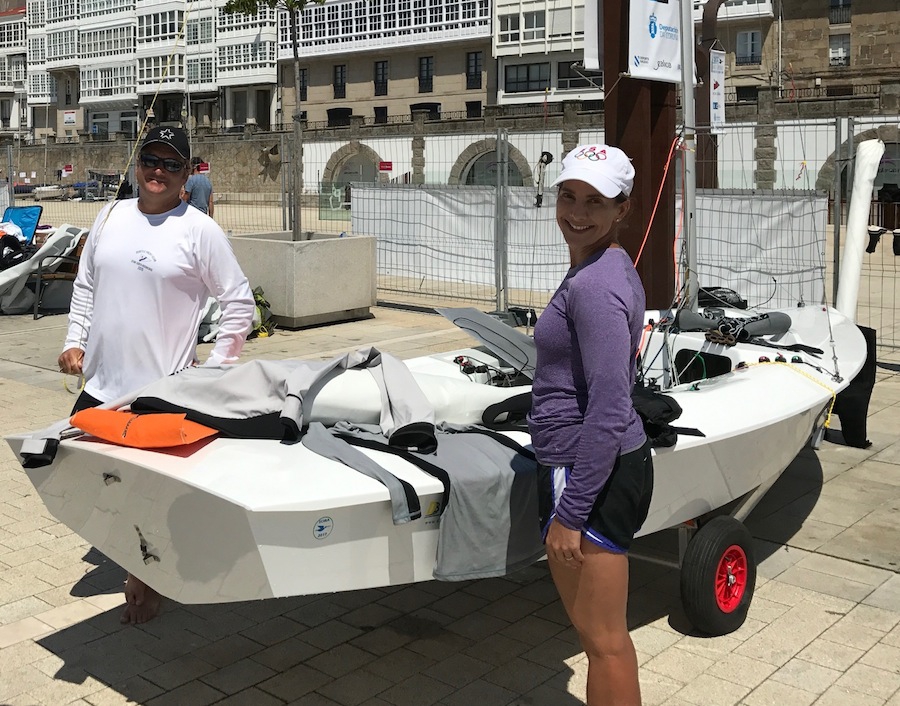
3 comments
George M
Very clear and opens up to all what is going on and why. Rather than just saying longer spreaders power up the rig.
Great new site which looks fantastic.
Leave a reply
Your email address will not be published. Your comment will be revised by the site if needed.
Blu
The problem is not only about the tip to tip meuserement, there is also a problem with using the spread lenght measurement. Not all spreaders alre fixed at the same height. You will need a longer spreader if it is placed bellow or a smaller one if it is placed higher.
Leave a reply
Your email address will not be published. Your comment will be revised by the site if needed.
jonas
I agree all said, that is clear how to manage spreaders but I understand Blu is raising a relevant 3rd measure to be counted, then the only secondary variable will be mast resistance and crew weight.
Thank you for your good article!
Leave a reply
Your email address will not be published. Your comment will be revised by the site if needed.